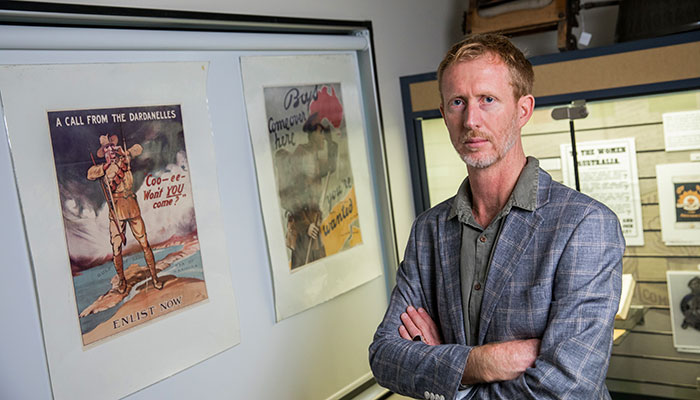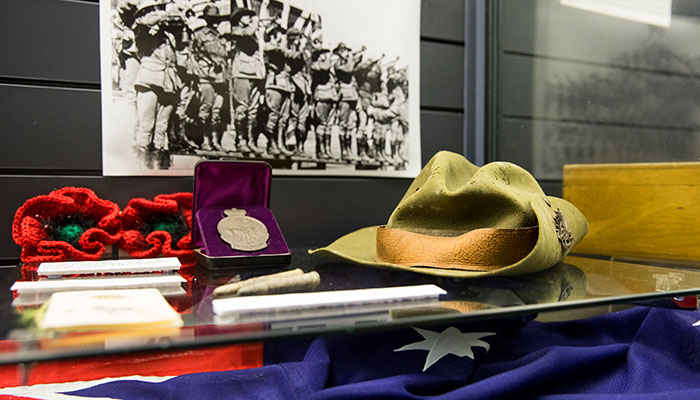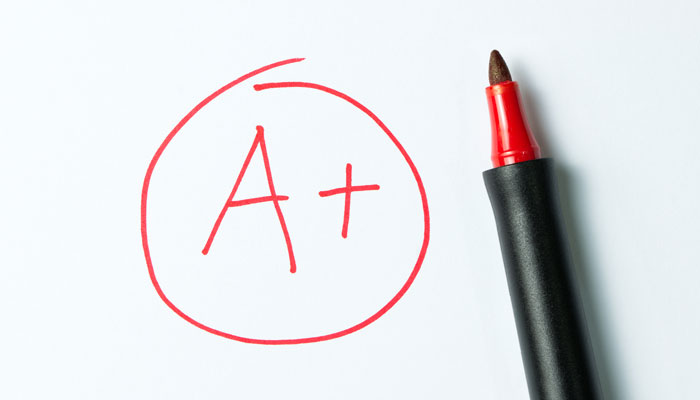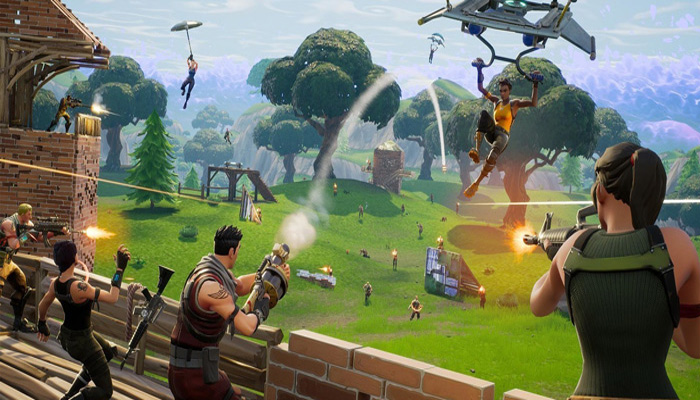As Anzac Day again arrives on our national cultural calendar, many of us will reflect on the countless deaths and heavy losses suffered by Australian troops in past wars and conflicts. We will be reminded of the sacrifices made on our behalf. And of how the character displayed by our young men in the face of death modelled a set of core values, which now define us as a nation.

Dr Matthew Bailey with WW1 recruitment posters which are part of a vast collection of artefacts held at the Australian History Museum on the Macqaurie campus.
What we too often forget are the tragedies that unfold when troops return home. Post traumatic stress, suicide, depression and mistreatment by governments are glaring omissions from the Anzac story. But they provide important insights about war, and its cost, that are obscured during our annual recitations of mateship, courage and sacrifice.
To suggest a change in the way we think about Anzac is dangerous territory.
Over the past 20 years, Anzac has become impregnable; a bastion of patriotism over which words and argument cannot prevail.
Politicians and popular commentators have certainly played a role here, but the rise of Anzac is also understandable for a number of other reasons. Firstly, many Australians have deep familial ties to the military, simply because of the sheer number of men who served in the two World Wars. The rise of family history has encouraged interest on this front.
Secondly, narrative is fundamental to the ways in which all societies understand themselves, and there are few narratives more compelling than those involving warfare – simply because the stakes are so high. The Anzac story was crafted early and with great skill by war correspondents such as C.E.W. Bean, Philip Schuler and Ellis Ashmead-Bartlett. Bean also wrote the official Australian history of the war and was influential in founding the Australian War Memorial.
At Gallipoli, Bean wrote of excitement amongst the troops, their desire to be at the forefront of battle, a fear of being left out of the August offensive, a commitment to one’s mates, and a jocular larrikin streak. This characterisation of the Anzacs is largely how we understand them today.
Thirdly, and related to the importance of narrative: we need to believe that the terrible carnage of warfare, of the ultimate price paid by those who wore with pride the uniform of this country, meant something. The idea that it did not is too horrific to bear. The futile charge at the Nek, in which waves of the Australian 3rd Light Horse Brigade, devoid of artillery support, launched themselves towards lines of Turkish trenches protected by unassailable machine-gun positions, surely could not have been for nothing? Those who then died slowly during the day, lying beyond reach under the blistering sun desperate for water, must have done so in service of a greater purpose. Mustn’t they?

C.E.W. Bean reported such sentiments amongst the Anzacs who were evacuated from Gallipoli in December of 1915, writing in his official history that “the consideration which did go straight to every man’s heart was the tragedy of confessing failure after so many and well-loved comrades had given their lives to the effort.”
The attachment to Anzac is, therefore, understandable. But it is also narrow. The Anzac experience was far more complex than what we have retained from war correspondents like Bean. And any views amongst troops about the ills of war have had little impact on our commemoration of Anzac, which has from its beginnings been a carefully curated process.
To fully honour the service of Australian troops, we need to go beyond the stylised depictions that currently popularise Anzac commemoration. One way to do this is to expand our understanding of the experience of Australian soldiers, including their post-war lives.
So much of what is written and commemorated about Anzac and Australians at war is focused on operational history – the actions and mechanics of warfare. The Australian War Memorial is a prominent and influential example of this approach. Through this lens, when we assess the cost of war, we count the bodies. But these bodies are inscribed with a purpose. They are evidence of the sacrifice that makes meaning of war.
What happens when we move beyond the battlefield, beyond, even, the war itself? What of the Anzacs who returned home and never fully recovered? Those whose governments failed them? Who struggled to obtain pensions? Who accrued ruinous debts under misguided soldier settlement schemes? Of the several hundred who committed suicide? Men like VC recipient Hugo Throssell, who fired his last bullet into his own head, when setback after setback turned his damaged mind to a final, bleak despair?
The War Memorial is currently lobbying for additional funding of some $500 million, ostensibly to expand its capacity to do what it already does very well: to document and display the operational activities of Australians at war. Perhaps less money could, rather, be spent on telling more stories, in more detail, about the depth and long lasting cost and trauma of war.
This would not only give us a more realistic and nuanced understanding of war, it would also inform current discussions about the challenges facing Australian soldiers experiencing post-traumatic stress disorder, anxiety, and depression, as well as insight into the appalling suicide rate of veterans. We need to understand that there is nothing new about these issues. That this is what war produces, and what many veterans return to face.
Sacrifice does not end on the battlefield. Nor should our understanding of Anzac.
Dr Matthew Bailey is the Co-convenor of Anzac: Australians at War, in the Department of Modern History, Politics and International Relations.
Beyond Blue 1300 224 636 Lifeline 131 114 MensLine 1300 789 978



